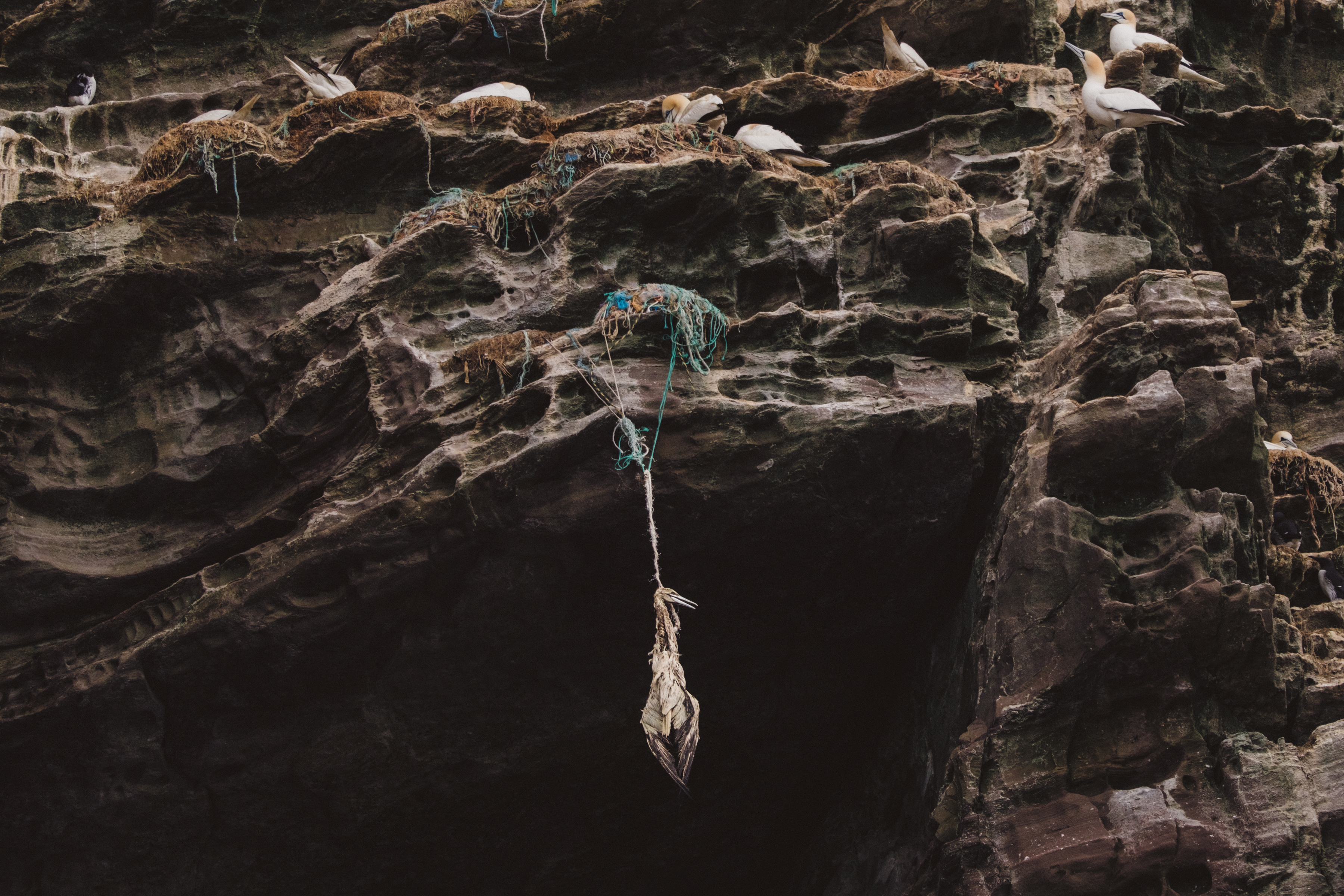The ever-growing menace of plastic pollution and the plight of polar bears has been starkly captured in this shortlisted image for an upcoming photography competition.
The image was recently picked as a finalist for the Ocean Photographer of the Year 2024 award along with a selection of other incredible wildlife shots depicting Godzilla-like iguanas, creepy eels, and much more.
Celia Kujala took the troubling photograph of the polar bear with plastic trash in its mouth on Kiepert Island, part of the Svalbard archipelago in the Arctic Ocean.
The photographer described the image as “a stark reminder that even the uninhabited reaches of the Arctic are not exempt from the pervasive grip of plastic pollution.”
It’s no secret that polar bears are becoming increasingly impacted by human behavior. Warming temperatures in the Arctic are causing the sea ice to melt, forcing hungry polar bears to spend more time on land near human settlements. Simultaneously, expanding human activity is increasingly infringing upon the bears’ natural habitat.
Starved and driven closer to humans, the predicament is leading polar bears to eat an increasing amount of anthropogenic trash – including plastic.
A 2023 study looked at the stomach content analysis of 42 polar bears in Alaska and found plastic in the bellies of 12 (28.6 percent) individuals. By no surprise, 14 of the polar bears were found to be suffering from inflammation of the stomach, almost certainly caused by their poor diet.

A gannet, entangled in discarded fishing gear, hangs off a cliff. Isle of Noss, Shetland Islands.
Image credit: © Rebecca Douglas/Ocean Photographer of the Year
Plastic pollution is a big theme in the “Conservation – Impact” category of this year’s Ocean Photographer Of The Year competition. Another selected finalist, Rebecca Douglas, captured a heartbreaking shot of a gannet seabird hanging from plastic netting like a noose, while Francesca Page shared her image of a critically endangered smoothnose wedgefish caught in a fishing net.
Between 75 and 199 million tonnes of plastic is currently lost in our oceans. Despite increasing awareness, the use and abuse of plastic continue to grow. Plastic production doubled between 2000 and 2019, from 234 to 460 million tonnes, and it’s set to continue along this trajectory reaching over 1.2 billion tonnes by 2060, according to the Organisation for Economic Co-operation and Development.
The winners of Ocean Photographer Of The Year 2024, an annual competition co-presented by Oceanographic and Blancpain, will be announced on September 12, 2024 – so stay tuned!
Source Link: Tragic Image Of Plastic-Eating Polar Bear Selected As Ocean Photographer Finalist 2024